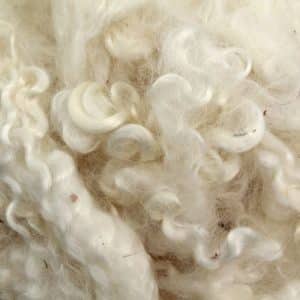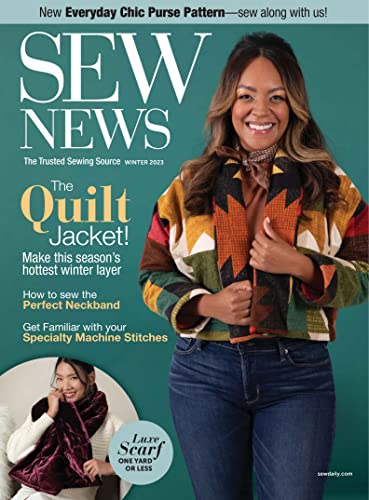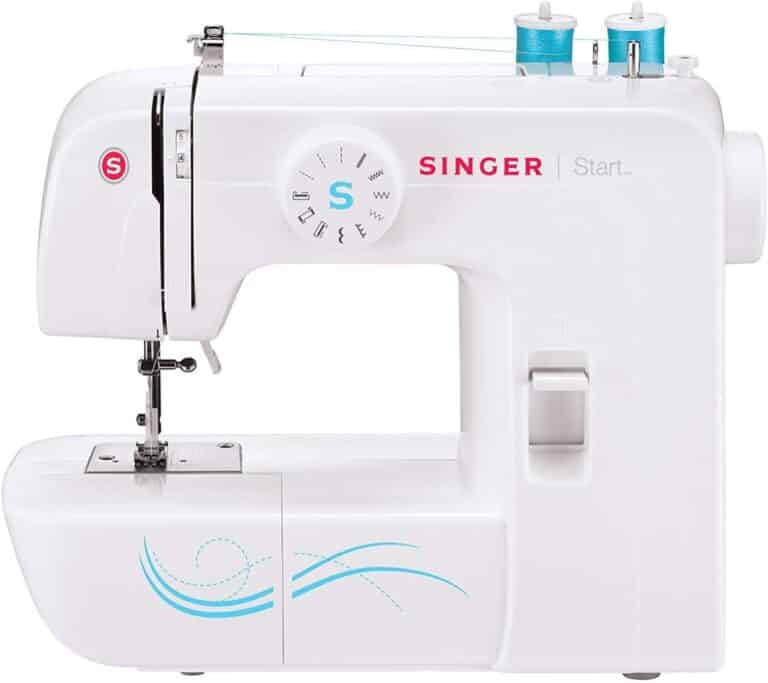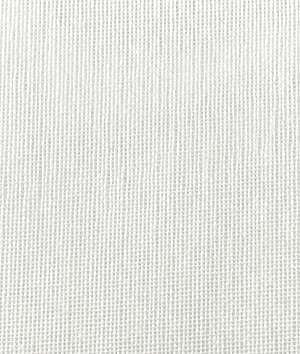Angora Fibers Fabric: History, Properties, Uses, Care, Where to Buy

Angora Fabric is the third most-produced natural hair fiber Fabric. There are many different breeds of Rabbits that are used to produce this fiber. The Fibers are collected by different processes; plucking, collecting loose hair, shearing. The first thought that would have popped in your mind is the well-being of these Rabbits. But don’t worry, no animal is harmed in this process!
Table of Contents
History of Angora Fibers Fabric
After 500-600 AD, a Romanian Tribe, that dwelled in the Carpathian Mountains in Transylvania, held Angora Rabbits Captive and bred them for their hair and warm wool. This wool was adored all over the world.
As it made its way through Europe and America in the later centuries, the Rabbits were bred on a larger scale, and their wool was used to make luxurious garments and apparel. The fluffiness of Angora Rabbits’ fur was unmatched, and it became more superior to other animals’ hair.
It is believed that the Fiber harvest of these animals has been conducted for many years, and it mainly originated in regions of Turkey.
Properties of History of Angora Fibers Fabric
This fabric is widely used because of its distinct qualities like:
Fluffy:
The term halo is used to describe the fur of Angora. It means that there is certain fluffiness in this fabric, which is lustrous, and it looks there is a thick layer of fluff around each fiber.
Absorbent:
The fibers of Angora are dense and have high absorbing potential. They are easily dyed because of this property and are available in a wide range of colors.
Light-weight:
The fibers of Angora are hollow and have no bulkiness. So, without compromising the insulation and heat retaining potential, it is very light-weight.
Warm:
This fabric is six times warmer and thermally insulated than other ordinary fibers. It acts as a highly efficient insulator and is used in garments” lining.
Felts:
This fabric is felted quite easily; even it felts on the rabbit if it is not groomed well.
Animal Cruelty:
Many Animal Rights Organizations have raised their voices against the harvest of Angora Fabric, but the manufacturers have assured that the production process of this fabric harms no animal.
Uses of History of Angora Fibers Fabric
Let’s review the most popular applications of Angora Fibers Fabric:
Knitting:
This fabric is ideal for knitting as any amateur can easily practice knitting on it and create masterpieces.
Luxury Garments:
High-end and expensive garments that exude finesse are made from this fabric. Suits, high-quality sweaters, and luxurious clothes are tailored from this fabric.
Home Fashion:
High-quality bed sheets and blankets are made from this fabric as it is warm and soft.
Clothing:
This fabric is used to make socks, undergarments, shawls, suits, and even coats.
Caring for History of Angora Fibers Fabric
This fabric is very fine and expensive. You should give your undivided attention to it while maintaining it. It should always be hand-washed with mild soaps and cold water. We would suggest not putting it in the dryer and instead let it hang till it dries.
Keep it packed in your wardrobe, and don’t fold it tightly. It is a divine Fabric in the fashion industry!
Where to buy Angora Fibers Fabric
We recommend buying Angora Fibers fabric at Fabric.com.







